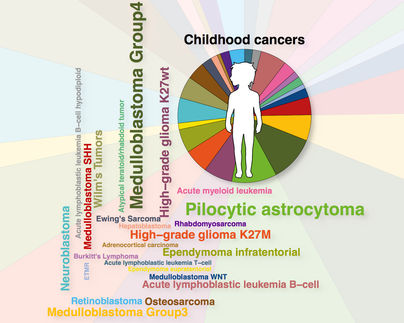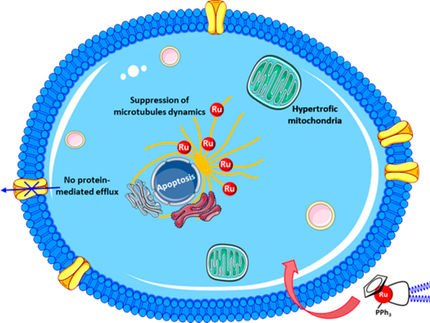Fighting cancer with lasers and nanoballoons that pop
New drug delivery method targets cancer cells -- not the entire body -- and limits chemotherapy side effects
Chemotherapeutic drugs excel at fighting cancer, but they're not so efficient at getting where they need to go.
They often interact with blood, bone marrow and other healthy bodily systems. This dilutes the drugs and causes unwanted side effects.
Now, researchers are developing a better delivery method by encapsulating the drugs in nanoballoons – which are tiny modified liposomes that, upon being struck by a red laser, pop open and deliver concentrated doses of medicine.
Described in the journal Nature Communications, the innovation could improve cancer treatment, reduce its side effects and boost research about the disease, which annually kills millions of people worldwide.
"Why PoP-liposomes, or nanoballoons, open in response to an otherwise harmless red laser is still a bit of a mystery to us, but we have definitely unearthed a new and unique phenomenon," said corresponding author Jonathan Lovell, PhD, UB assistant professor of biomedical engineering. "Its potential for improving how we treat cancer is immense."
Additional authors include students and a research technician at UB, as well as collaborators from the University at Albany; Roswell Park Cancer Institute in Buffalo; and the University of Waterloo and McMaster University, both in Ontario, Canada.
Roughly 1,000 times thinner than human hair, nanoballoons consist of porphyrin, an organic compound, and phospholipid, a fat similar to vegetable oil. Like conventional chemotherapy, they would be delivered to patients intravenously.
But because the nanoballoons encapsulate the anti-cancer drugs, they diminish the drugs' interaction with healthy bodily systems.
In laboratory experiments performed with mice, Lovell hits the nanoballoon with a red laser at the target site in the body. The laser triggers the nanoballoons to pop open and release the drugs. As soon as the laser is turned off, the nanoballoons close, taking in proteins and molecules that might induce cancer growth. Doctors could then be able to retrieve the nanoballoons by drawing blood or taking a biopsy.
Thus, the nanotechnology could provide a "chemical snapshot" of the tumor's environment, which otherwise is very difficult to assess.
"Think of it this way," Lovell said. "The nanoballoon is a submarine. The drug is the cargo. We use a laser to open the submarine door which releases the drug. We close the door by turning the laser off. We then retrieve the submarine as it circulates through the bloodstream."
Lovell will continue fundamental studies to better understand why the treatment works so well in destroying tumors in mice, and to optimize the process.Human trials could start within five years, he said.
Most read news
Other news from the department science

Get the life science industry in your inbox
By submitting this form you agree that LUMITOS AG will send you the newsletter(s) selected above by email. Your data will not be passed on to third parties. Your data will be stored and processed in accordance with our data protection regulations. LUMITOS may contact you by email for the purpose of advertising or market and opinion surveys. You can revoke your consent at any time without giving reasons to LUMITOS AG, Ernst-Augustin-Str. 2, 12489 Berlin, Germany or by e-mail at revoke@lumitos.com with effect for the future. In addition, each email contains a link to unsubscribe from the corresponding newsletter.





















































